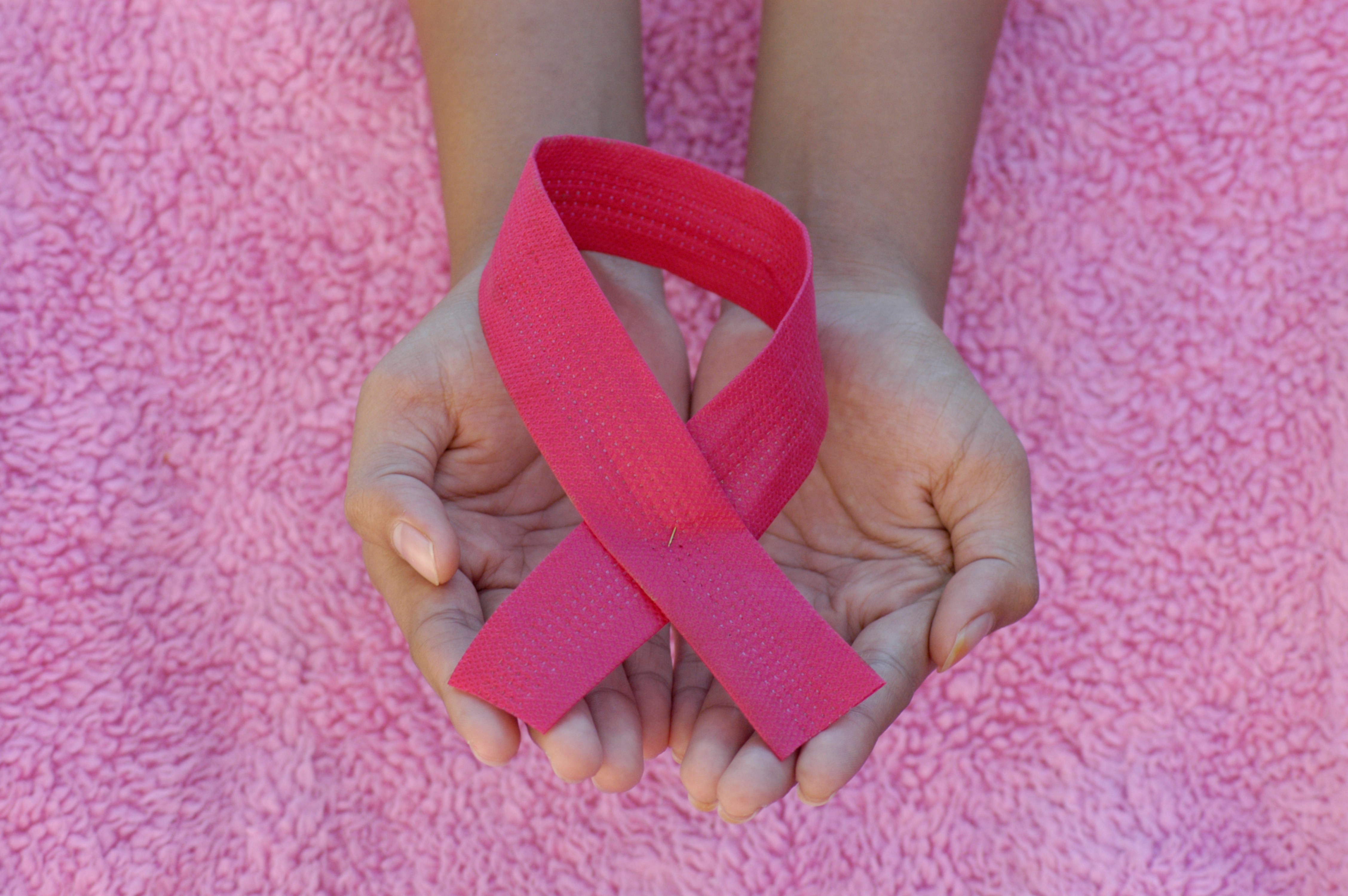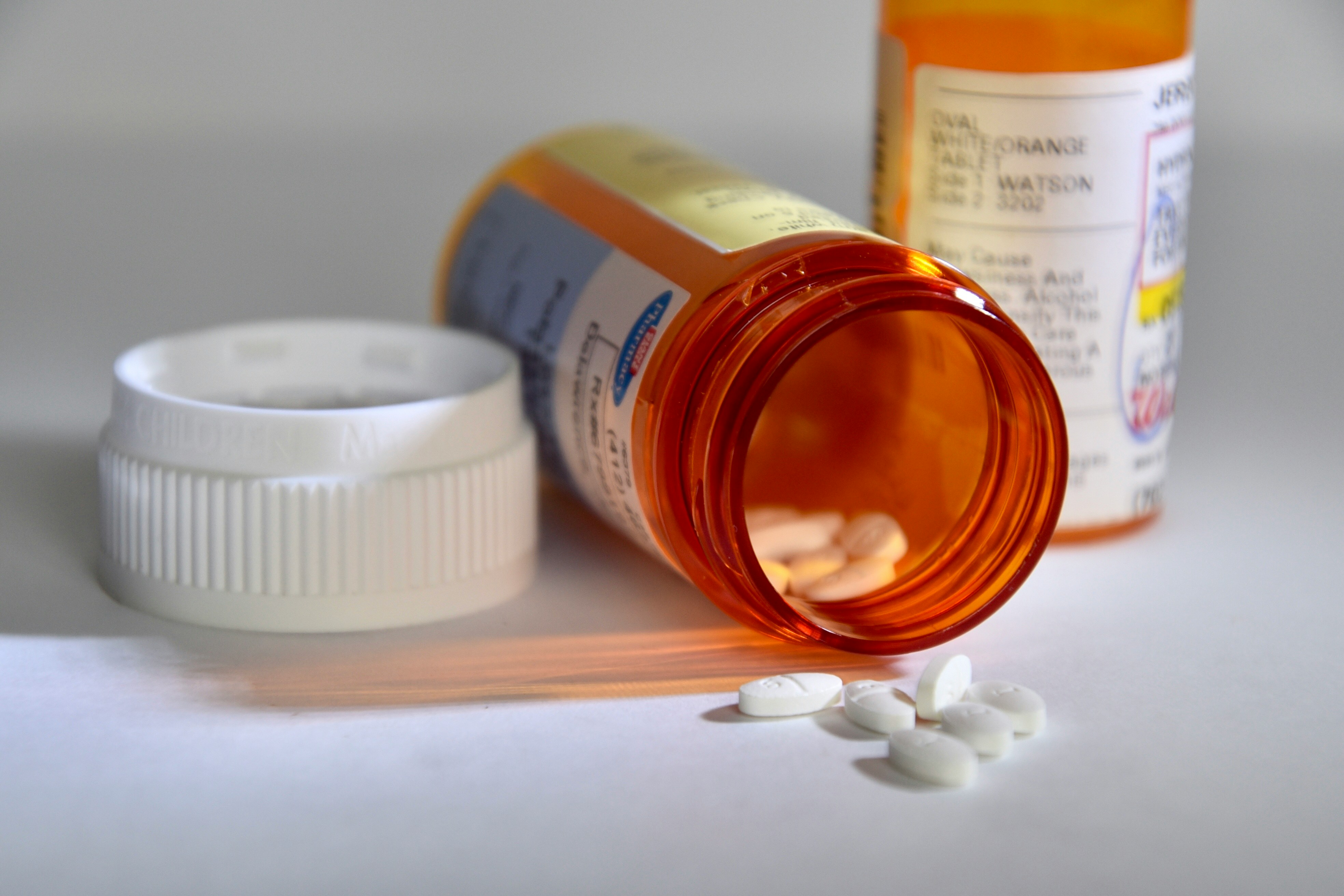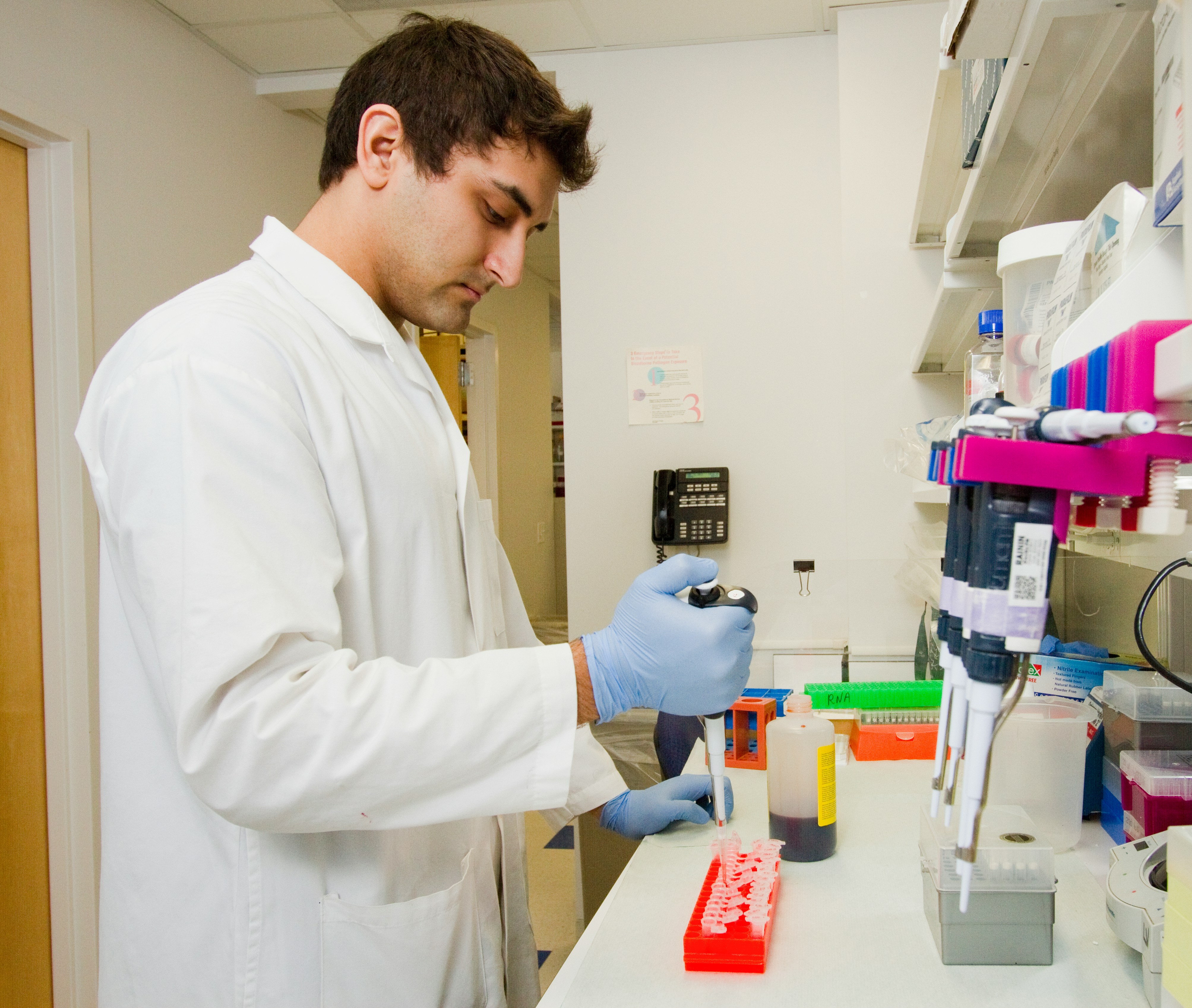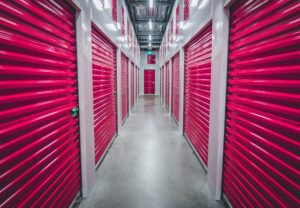According to the Organization for Economic Cooperation and Development, the average American spends $1,200 on prescription drugs annually. The United States spends more on prescription drugs than any other developed country. Pharmaceutical companies used to blame high prescription drug prices on innovation, but new studies show that drug costs have increased because the prices of already available drugs have increased.
What are the causes of high prescription drug costs?

The U.S. doesn’t regulate prescription medicine prices, which means pharmaceutical companies can set whatever price they wish. The cost of prescription medications can be expensive for patients who have health insurance, and next to unbearable for patients without health insurance. America’s Pharmacy delivers prescription savings on prescription medication for you, your family, and your pet medications. Their discount program helps you pay the lowest price at the pharmacy with Rx discount coupons.
You can use the mobile app to search local pharmacies in your zip code and receive a coupon to show your pharmacist. Over 60,000 pharmacies in the U.S., including pharmacy chains Walmart, Walgreens, and CVS, participate in the free program. The best prescription savings card can get you the best price on generic medication and save you hundreds annually on prescription medication.
Monopoly

A monopoly of the market is the key reason for the high costs of prescription drugs. Typically there are no other alternatives to new drugs, such as with cancer treatment. Cancer patients take multiple drugs to treat their specific type of cancer, and because the illness is incurable, there’s no real competition by pharmaceutical companies. Each effective prescription drug will need to be taken during the course of cancer treatment, meaning it’s not if a new drug is needed, but when it will be needed.
The Seriousness of the Disease

Treating serious diseases isn’t easy but it’s essential to help patients improve the quality of life. Prescription drug prices are higher based on the seriousness of the disease they are designed for. Many patients suffering from serious diseases are willing to shoulder the higher cost of medication that can either save or prolong life. Battling cancer is no easy feat. Most cancer treatments use chemotherapy and radiation therapy, both of which are hard on the body and cause hair loss, nausea, and other unpleasant side effects.
The Regional Cancer Care Associates offer individualized cancer treatment in Neptune, NJ for patients diagnosed with every type of cancer. Their medical oncologists and doctors are compassionate caregivers who provide the full spectrum of cancer treatments, from radiation therapy and surgery to support groups and patient counseling. The cancer center conducts hundreds of clinical trials annually to develop new cancer medications and diagnostic devices. They have dozens of locations in New Jersey including the John Theurer Cancer Center at Hackensack University Medical Center and Jersey Shore University Medical Center.
High Development Costs

It takes a lot of time and resources to develop new prescription medications. It takes an average of 12 years from the time a drug starts preclinical testing until it reaches final approval. The average cost of developing a new drug is $3 billion, and between 10-20 percent of clinically tested drugs are approved. Some experts consider the average development costs highly inflated.
The high cost of prescription drugs negatively impacts healthcare budgets and the available funding for public investment. Unaffordable prescription medications are a growing problem for patients living in countries that don’t offer universal healthcare. High prices don’t necessarily mean an increase in innovation and make it less likely that new drugs with slight modifications will be developed. When there are no new competing drugs on the market, existing prescription medications will remain at the highest prices the market can bear.










